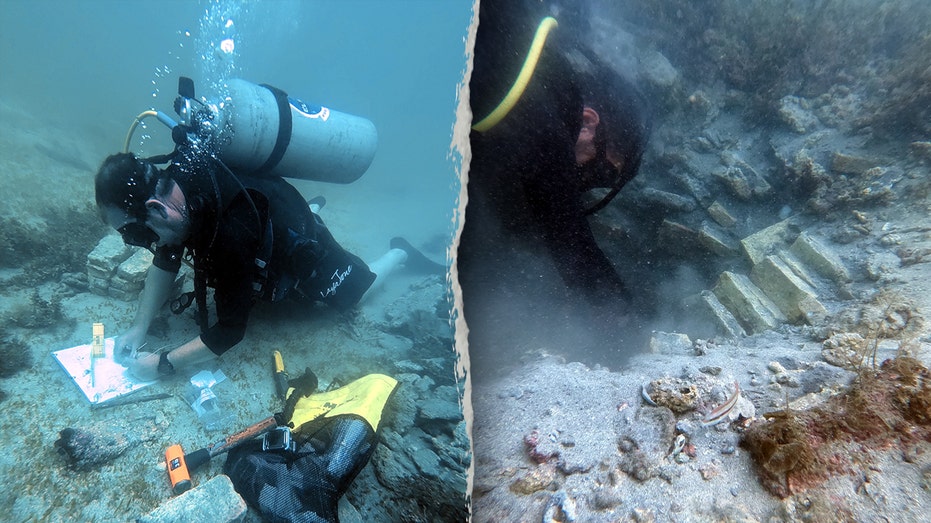Discovery of Danish Slave Ships Off Costa Rica Unveils Dramatic 18th-Century History

Sarah Johnson
May 6, 2025
Brief
Archaeologists identify two Costa Rica shipwrecks as Danish slave ships, revealing dramatic 18th-century history and new details about their tragic fate.
Archaeologists have finally solved a centuries-old maritime mystery off the coast of Costa Rica, revealing that two shipwrecks long mistaken for pirate vessels were actually 18th-century Danish slave ships.
The ships, Fridericus Quartus and Christianus Quintus, have sat in the shallow waters of Cahuita National Park for over 300 years. Their tragic story dates back to 1710, when both vessels met their end while transporting between 600 and 700 enslaved Africans, along with about 100 crew members.
According to David John Gregory from the National Museum of Denmark, when the ships were abandoned, nearly all the enslaved people were released onto the forested coast—except for about 20 who were forced onto smaller boats and taken to the nearby Spanish town of Portobello. What a grim lottery that must have been.
As for the ships themselves, Gregory explained that Fridericus Quartus was set ablaze by its own crew, while Christianus Quintus was cut loose and ran aground. The enslaved West Africans either tried to blend into local communities or, heartbreakingly, were recaptured, according to researchers at East Carolina University.
The archaeological team kept their excavation minimal, only sampling a small patch of the site for timber analysis. No human remains were disturbed during the process—small mercies in a sea of tragedy.
Thanks to dendrochronology (tree-ring dating for those of us not fluent in archaeology), the timbers were traced back to the late 17th century, specifically to the Baltic Sea region. The National Museum of Denmark confirmed the wood was charred, backing up historical reports of the crew's fiery farewell to Fridericus Quartus.
Divers also uncovered yellow clay bricks and pipe fragments, classic Danish shipbuilding materials that further confirmed the ships' origins. National Museum experts say these findings "fit perfectly" with historical accounts, and there's now no doubt these are the infamous Danish slave ships.
Marine archaeologist Andreas Kallmeyer Bloch called the excavation the "craziest" of his career, both for its impact on local history and its dramatic backstory. Now, Denmark can finally fill in two missing pieces of its maritime—and deeply painful—history.
Topics
Editor's Comments
Who knew a Caribbean dive could uncover not pirate gold, but the receipts of Denmark’s darkest business? Archaeology really is just CSI with more mud and much older skeletons in the closet.
Like this article? Share it with your friends!
If you find this article interesting, feel free to share it with your friends!
Thank you for your support! Sharing is the greatest encouragement for us.



